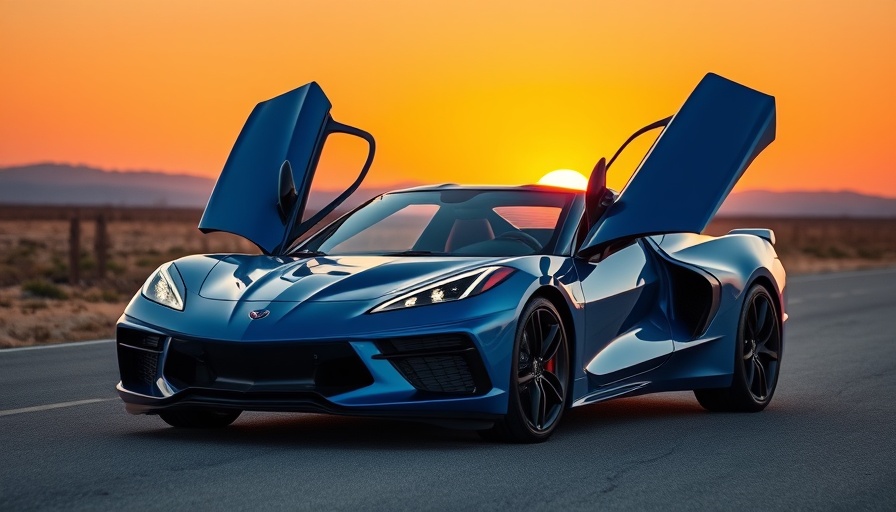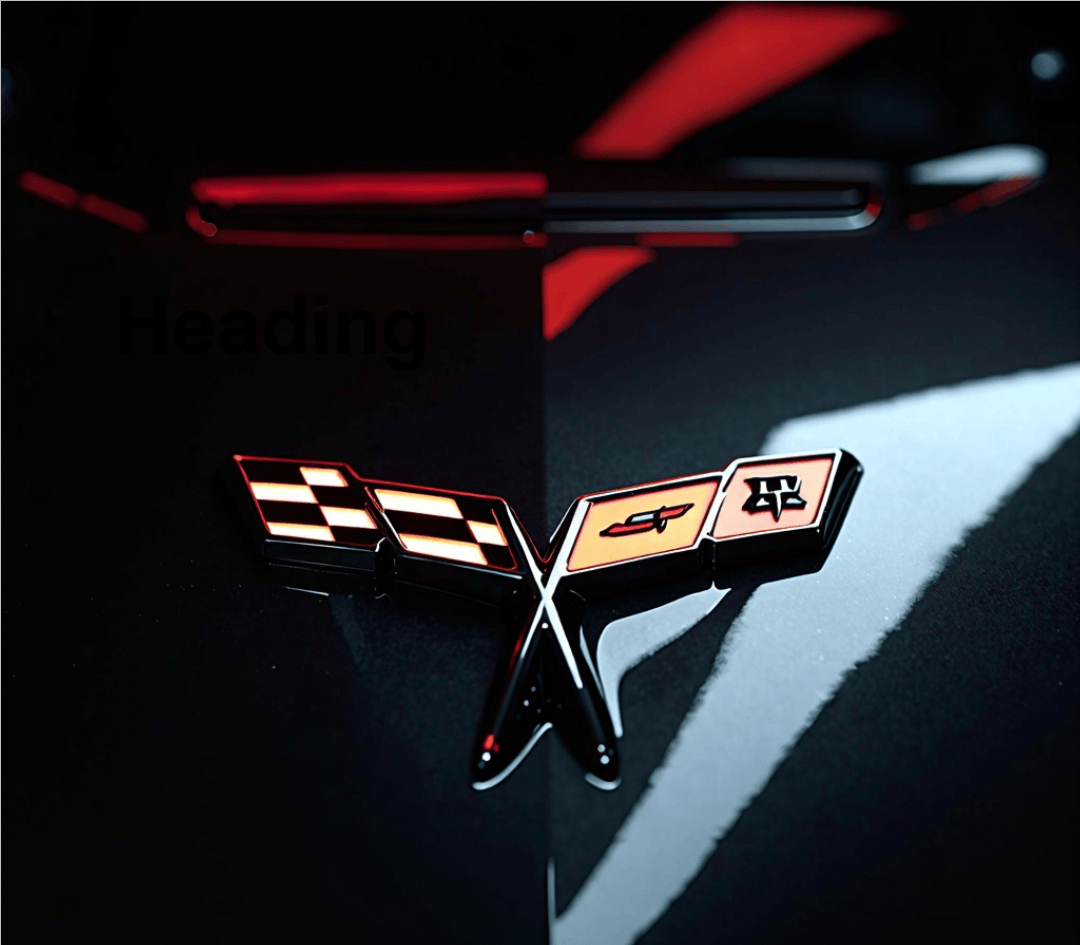
The Mid-Engine Evolution: From Concept to Reality
The Chevrolet Corvette has long been an American icon, embodying high performance, luxury, and distinctive design since its inception in 1953. However, the C5 generation almost changed the game for the Corvette series entirely, as it was poised to be the first mid-engine version of this legendary sports car. Although the C5 ultimately stuck to its traditional front-engine layout, the journey toward a mid-engine design has profoundly influenced modern Corvettes, ultimately culminating in the success of the C8.
A Brief History of the Mid-Engine Corvette Discussion
From the very beginning, the idea of a mid-engine Corvette fascinated enthusiasts and engineers alike. The CERV-III prototype unveiled in 1990 highlighted advanced engineering ingenuity with its mid-engine layout, suggesting a potential shift in performance dynamics for the Corvette. Despite its promising design, this concept was deemed “too much, too soon,” resulting in the continued use of a front-engine configuration in the subsequent C5, C6, and C7 models.
The Success of the C8: A Mid-Engine Triumph
Fast forward to today, and the C8 Corvette stands as a testament to the mid-engine design's potential. Launched in 2020, it combines engineering excellence and aesthetic appeal, effectively capturing the attention of car enthusiasts worldwide. With the introduction of variants like the Z06 and the E-Ra, Chevrolet has delivered unparalleled performance—a standard that began with the C5's original aspirations. The C8 and its powerful lineup, including the upcoming ZR1X, have not only breathed new life into the Corvette brand but have also shown what can be achieved when tradition meets modern engineering.
The Role of Tradition in Automotive Innovation
While the allure of mid-engine performance has captivated Chevrolet's design philosophy, it did not come without its critics. Many traditionalists have expressed a preference for the classic front-engine setup, embodying the essence of what a Corvette has represented for decades. Yet, the shift to mid-engine dynamics has opened new avenues for performance and handling, raising the question—can innovation co-exist with tradition?
Future Predictions: What Lies Ahead for the Corvette?
Chief Engineer Tony Snow has hinted at exciting developments for the C8 platform, suggesting an exploration beyond the current 1,250 horsepower. Coupled with Chevrolet's confidence in the mid-engine design, the brand appears poised to continue pushing performance boundaries. As electric innovations loom on the horizon, will the next generation of Corvette embrace electrification without compromising the coveted driving experience? The future seems bright for enthusiasts eagerly awaiting the next evolution of the Corvette.
What This Means for Corvette Owners and Enthusiasts
For existing Corvette owners and potential buyers alike, the development of the C8 and its predecessors highlights a crucial point: the heritage of the Corvette is still alive, thriving through innovation while preserving its core identity. When seeking a new Chevy Corvette, whether it be a used C7 or a brand-new C8, it's essential to consider how these vehicles represent both a storied past and an innovative future.
As the Corvette continues on this path, dealers and enthusiasts alike should stay informed about ongoing advancements, ensuring they make choices that align with their own passion for performance. Whether you’re searching for “chevrolet corvette dealer near me” or simply contemplating your next purchase, remember that each generation of Corvette builds upon the last, leading toward a thrilling future.
 Add Row
Add Row  Add
Add 




Write A Comment